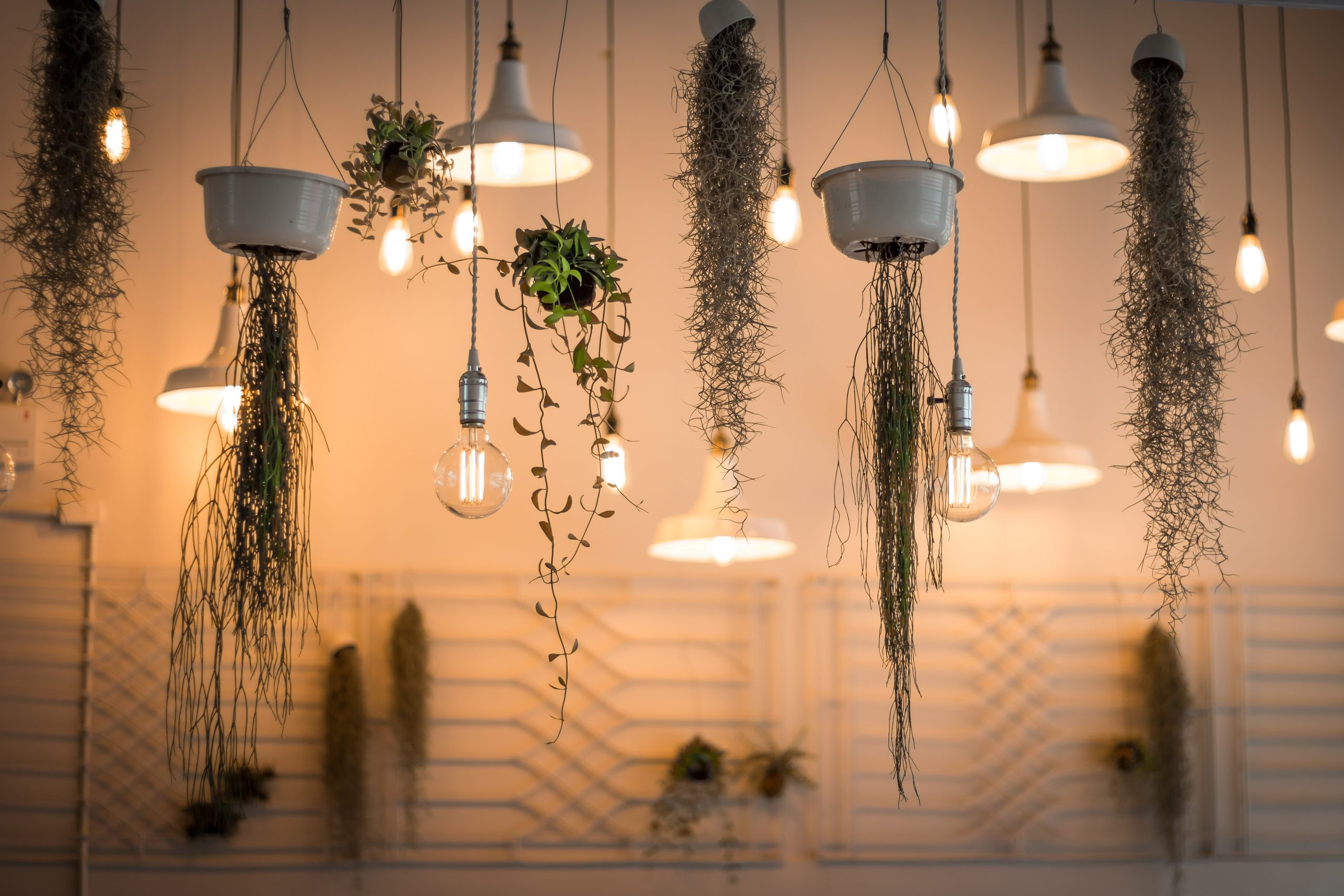Smart LEDs – Future of Lighting
Light is a commonly consumed product by the entire human population. It is an essential product that a human cannot live without, and that is a fact! If we talk about the evolution of light, we have come very far from lighting an oil lamp to using fluorescent bulbs to LED lights. We have witnessed how technology has been evolving the lighting industry for a better future. We can now conserve energy, save money, and illuminate the entire house or office with a longer shelf life.
Evolution of Light:
The light bulb was first invented in the 1800s and has evolved over the years. The traditional incandescent light bulb was first developed in the 1800s, followed by the fluorescent light bulbs in the early 1900s. Then came the spiral CFL (compact fluorescent light) bulbs in the mid-1900s. All types of lights consumed a lot of energy and provided the user with high electricity bills. Therefore, LED lights were introduced to the market in the late 1900s, as these lights provide 90% higher lumen.
Smart Lights and how is it changing the market scenario?
In the current era of LED lights, there are a variety of lights available in the market. LED Panel Lights, Profile lights, LED strip lights, RGBW Strip lights and more are commonly sold in the lighting industry. With evolution, companies started producing LED lights with a higher lumen and in various colour. Now one can buy a single LED light that can provide White and Warm White colours to the user.
Although the introduction of coloured LED lights was a revolution, Wi-Fi-based Smart Lights changed the lighting industry’s game. Lights enabled with IoT (Internet of Things) allowed the user to control the light’s operation completely through their smartphone. A smart module present within the driver connected to the light enables the smart capabilities. Whether the user wants to switch on/off the lights, control brightness, dimming or create schedules to dim or switch on the lights at a certain period; You can control all these actions with the help of an automation app on your smartphone, synced with the smart light.
Ever since virtual voice assistants, such as – Alexa by Amazon, Siri by Apple, Bixby by Samsung, Google Assistant by Google, etc., were introduced in the market, integration of voice commands and smart gadgets has never been this easy. Users can control various smart devices like smart lights, smart fans, curtains, and more at one go with just one voice command. You can create workflows & schedules, based on the light and weather outside, to control the light’s brightness and dimming capabilities.
Future of Lighting System:
The current smart lights can dissipate heat faster, provide controlled automation to the user, and increase its shelf-life with a real-time usage report. It may seem like smart light’s future might be up to its limits and cannot be further developed. But there is so much untapped technology available in the world. , some are few of the technology that we can expect soon:
- Human-centric Lighting:
In the lighting system’s future, we may see the integration of Smart lights with AI and ML to help the smart lights understand the most suitable lighting condition for the user. The smart lights will have the capability to learn the user’s routine and provide the right lighting environment in the selected room.
- Sustainable environment:
If the lights start understanding the user’s routine and the user’s behaviour with Artificial intelligence and machine learning; the user will be able to conserve an immense amount of energy and utilize power when required. It will also help decrease the carbon footprint that has been increasing over the years at an alarming rate.
- Easy Accessibility:
Millions of LED lights are being sold in the Indian market, yet there are towns and villages with limited electricity. In future, we may see a country where light is not limited to anyone or any city.
- LiFi Smart Lights:
Not to be confused with Wi-Fi, Li-Fi is an optical wireless communication technology where lights from the diodes are being used as a network to communicate. This technology was invented in the mid-2010s, and this type of lights help in transferring data without using Wi-Fi. Since it is new and still is going through some trial and error process, the LiFi system or sensor will prove to be the technology that will change the lighting industry as we know it.
- Smart City Smart Lights:
We have heard of how a certain country is turning a particular city into a smart one. But soon, we will see how countries across the globe are converting various cities into a smart one with solar panel empowered streetlights, traffic lights, residential and commercial building lights and more.
- Smart Parking system:
Parking is the most common problem in our day to day life. Especially in a parking lot, it is hard to find the right space available, or we might end up being lost in the maze of cars. This process of finding the parking spot ends up more heavily polluting the city than we can imagine. Hence, Smart Parking System lights help the drivers find the right space within minutes of entering a parking lot.
Everyone across the globe commonly consumes LED lights, and the usage of lights will increase with the economy’s growth. Therefore, there are endless opportunities present in the LED lights market, where we might see LED lights lasting for several years without requesting any technical assistance to maintain it. The smart features will help in keeping the light without investing an extra penny on the technology.
KIOT has currently developed a unique driver embedded with a Smart Module to enable an LED light’s smart features. It is a single bi-channel driver where you can connect two dimmable LED lights and automate it with your smartphone. To know more about the product, contact us at support@kiot.io


